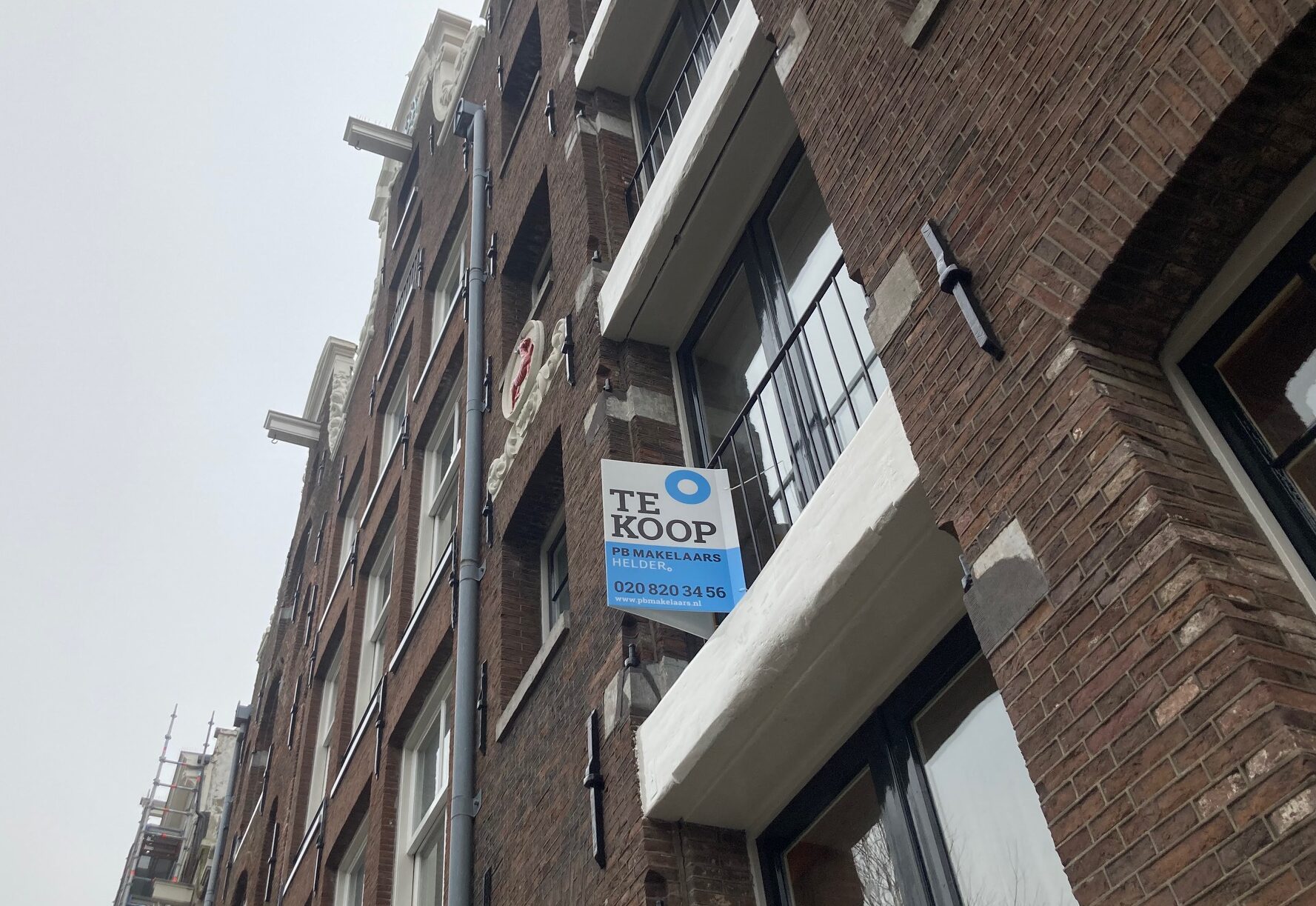Partner content
Thinking of buying an apartment? Here’s what you need to know

There’s been a lot in the news lately about landlords selling off property because of tougher rent controls. Financial advisor José de Boer from De Boer Financial Services has the lowdown on what to look out for if you are looking to buy an apartment.
Recent figures from the land registry show a sharp rise in home sales in the big Dutch cities, with Amsterdam up by 37% in the first half of this year. Most of those transactions involve flats rather than houses. As I write this, there are more than 4,600 apartments for sale in the capital and just over 600 houses. That means for most buyers, an apartment will be their start on the housing ladder.
When you buy a flat in the Netherlands, you are not just purchasing the walls and floors of your own space – you are also buying a share in the complete building. This means you’ll be responsible, together with your neighbours, for things like the roof, the foundations and the communal areas. That shared responsibility is managed through the Vereniging van Eigenaren (VvE), the home owners association.
Home owners contribution
Every apartment owner is automatically a member of the VvE. A big property may have 10, 20 or even 100 owners, a smaller one just two or three. Each month you’ll contribute a fee to cover joint expenses such as insurance, maintenance and long-term repairs. There are no fixed amounts, but you should expect to pay at least €100 a month for a modest flat in a small block. Costs can be much higher if the property is large, listed or has extra facilities such as lifts or gardens.
Because of that, it’s very important to check how well the VvE is managed. Does it have healthy reserves in its bank account? A block with only a few thousand euros saved up may struggle if the property needs a new roof or major repairs, and that could leave you facing a large one-off bill. Bigger savings mean more stability and fewer surprises.
Check too that the person selling the property is up to date with their payments. You could be partly liable for any debt that they have built up.
Maintenance plans
Ask too if the VvE has drawn up a meerjarig onderhoudsplan, a long-term maintenance plan. This document sets out when the building will be painted, repaired or renovated over the coming years. If the plan shows major works are due but there isn’t enough money in the VvE’s reserves, you could be asked to pay extra soon after moving in.
Apartments also come with rules. The splitsingsakte and splitsingstekening set out the legal division of the building – such as who owns the roof and the foundations – and the splitsingsreglement outlines what you can and cannot do as an owner.
This might cover changes you would like to make but which have an impact on the wider property, such as adding a roof terrace. On top of that, many buildings have household regulations (huishoudelijk reglement) which set everyday rules about pets and short-term rentals.
More options
Now more apartments are coming on the market, there are more options around for buyers. But it also means becoming part of a community and sharing responsibility for the building’s upkeep.
So do the time to check the VvE’s finances, rules and plans before you sign to ensure you are fully aware of both your rights and your obligations as the new owner of an apartment.
If you would like to more about taking out a mortgage in the Netherlands, please contact José via email or phone 31 (0)20 664 55 78.
Thank you for donating to DutchNews.nl.
We could not provide the Dutch News service, and keep it free of charge, without the generous support of our readers. Your donations allow us to report on issues you tell us matter, and provide you with a summary of the most important Dutch news each day.
Make a donation